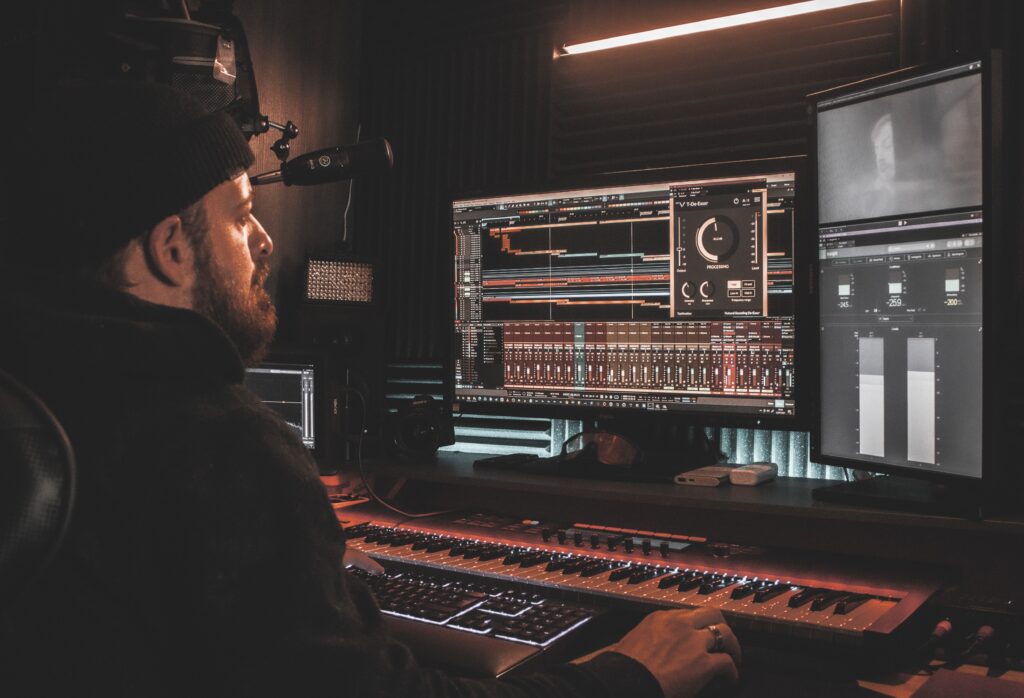
Repetitive music can be good. There’s a lot of music that people find comfort in, even if it sounds similar. It just needs to be done in a way that suits the needs of the people listening to it. Repetition is great if done right because people get hooked on memorable songs. so, you should use repetitive patterns when working on beats that lack any real rhythmic depth The first minute of a track can be really important, that’s exhausting! I know exactly what you mean. When I produce rap vocals or beats, more often than not they’re looking for a good groove with changes in the beat to keep things interesting. A lot of rappers use the verse to add a little flair, whether by speeding it up for a short amount of time or even changing the pattern. For example, going from 4 beats on every measure to 3 beats on every measure can change the flow of a song.
Like every music student and every writer who has ever read about songwriting, you’ll be interested to know that a hook is a vital part of a song. If a catchy hook is played through a track consistently, ensuring it’s memorable and easy to understand, the likelihood of commercial success increases dramatically. Just as there are common themes in songwriting, it’s often the vocalist who is responsible for writing the catchy hooks that will grab your audience’s attention. However, a great beat and a catchy hook already make half the work worth it.
I don’t mean to suggest that you follow formula when making music. You shouldn’t make something if it doesn’t reflect who you are as an artist. What I do suggest you do though is make use of the common trends that certain genres utilize you want to make beats for soulful singers, 808 hi-hat rolls are probably not the best choice. When creating music, try to pay attention to the common theme in the kind of music you would like it to be. Doing this will make you likely to be able to work with vocalists and give you a good starting point.
This final tip is a pretty simple one but almost always gets overlooked. If you’re producing beats to record over, they need to have headroom! Putting an audio limiter on your beat to test out how it sounds with vocalists is a good practice. It can give them more insight into how the track will sound when it’s done. However, when you send them the track to record over you must make sure it’s got space for the vocals to sit into the track. Audio mastering should be done after the vocals are recorded and mixed, so don’t worry about making it louder just yet. It allows you to have a full understanding of what you want from your mix before spending time properly mastering it.
